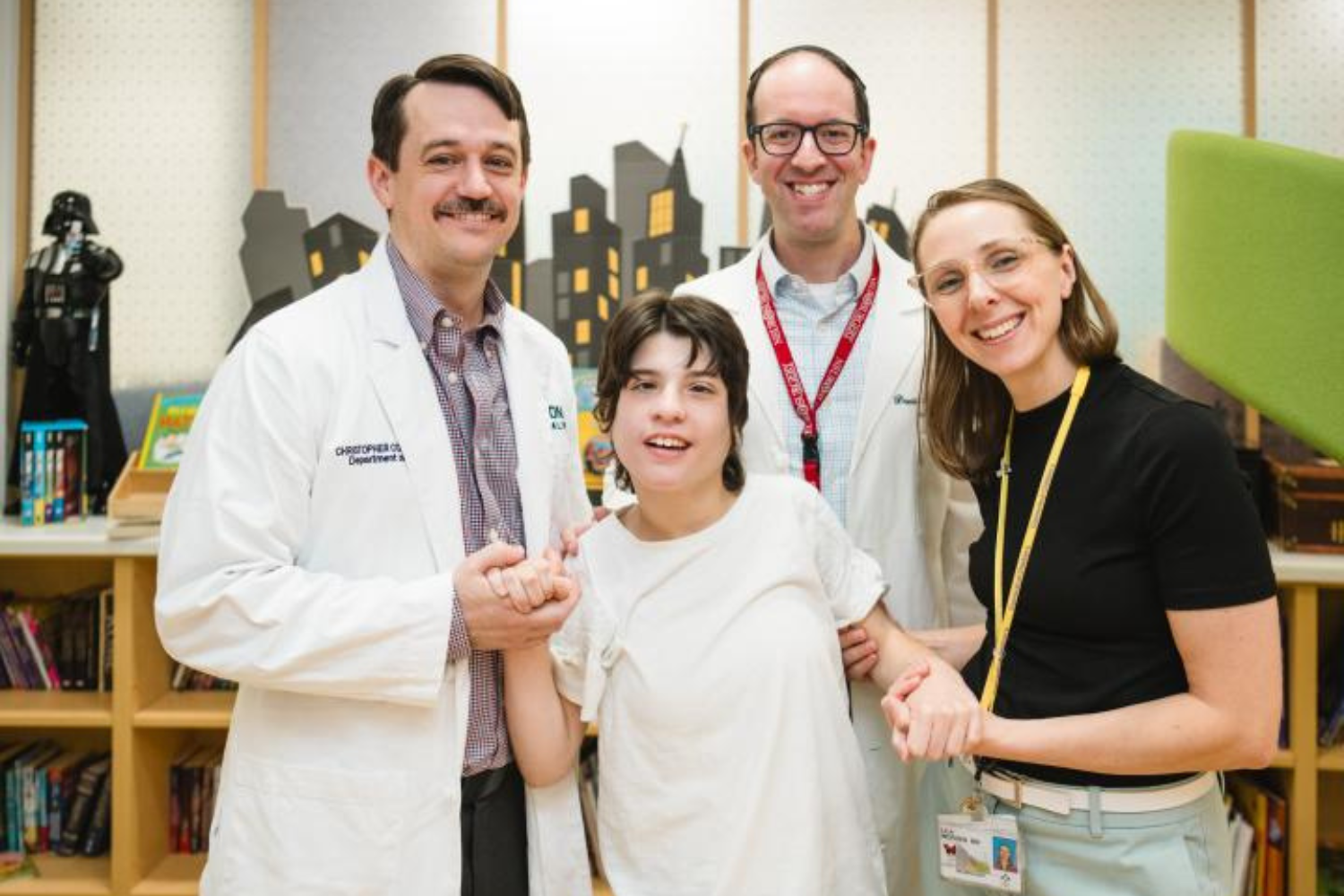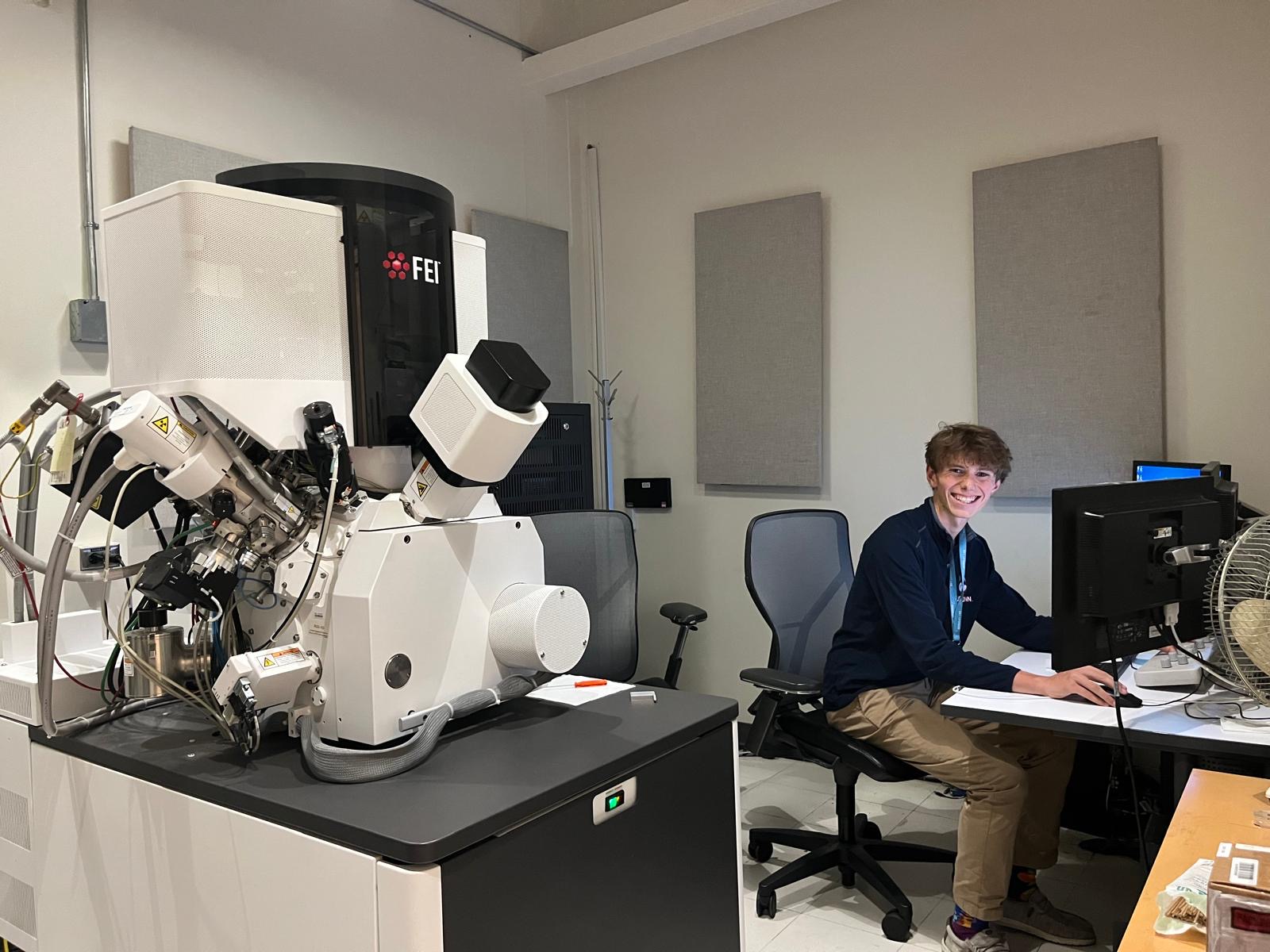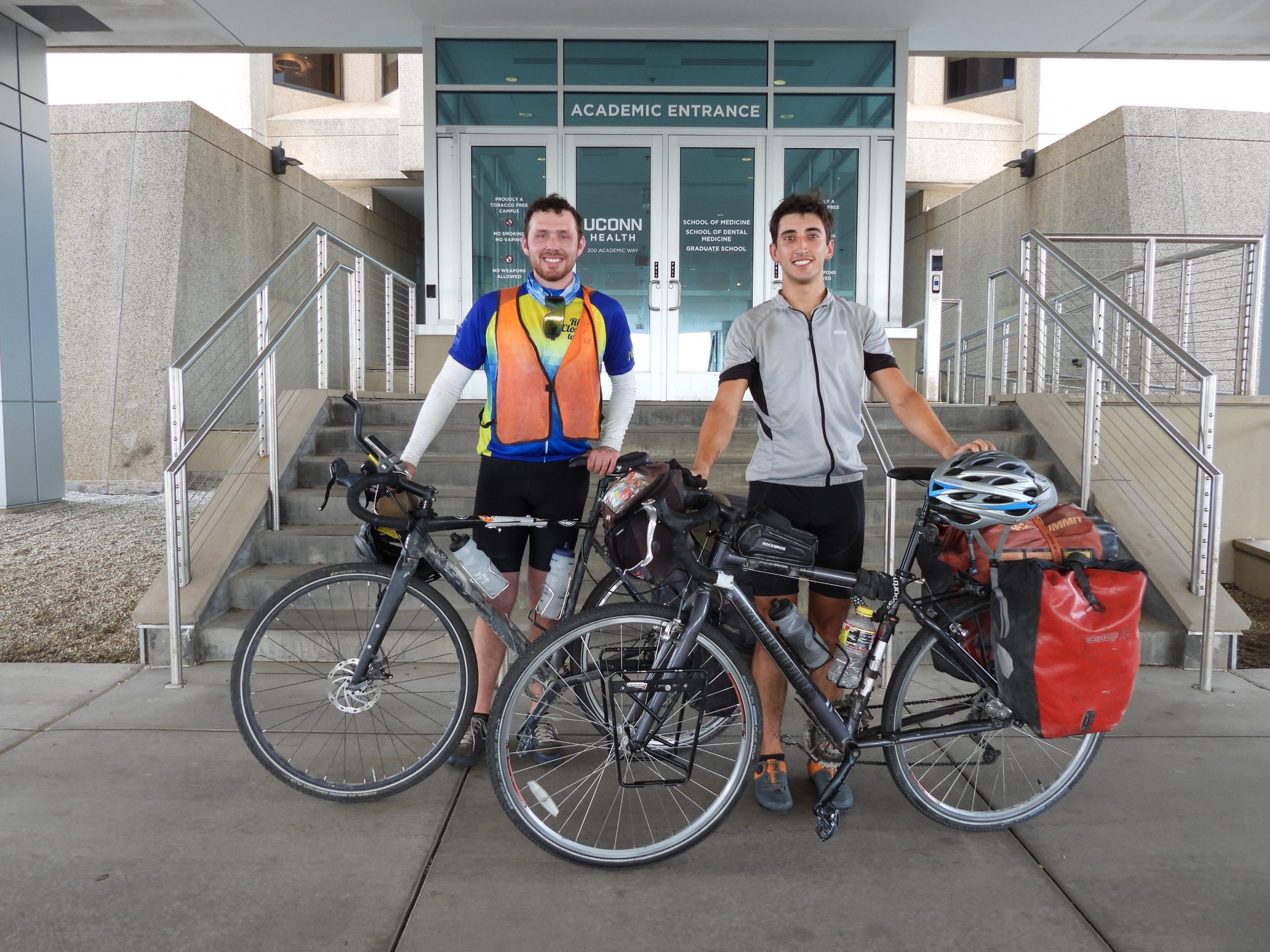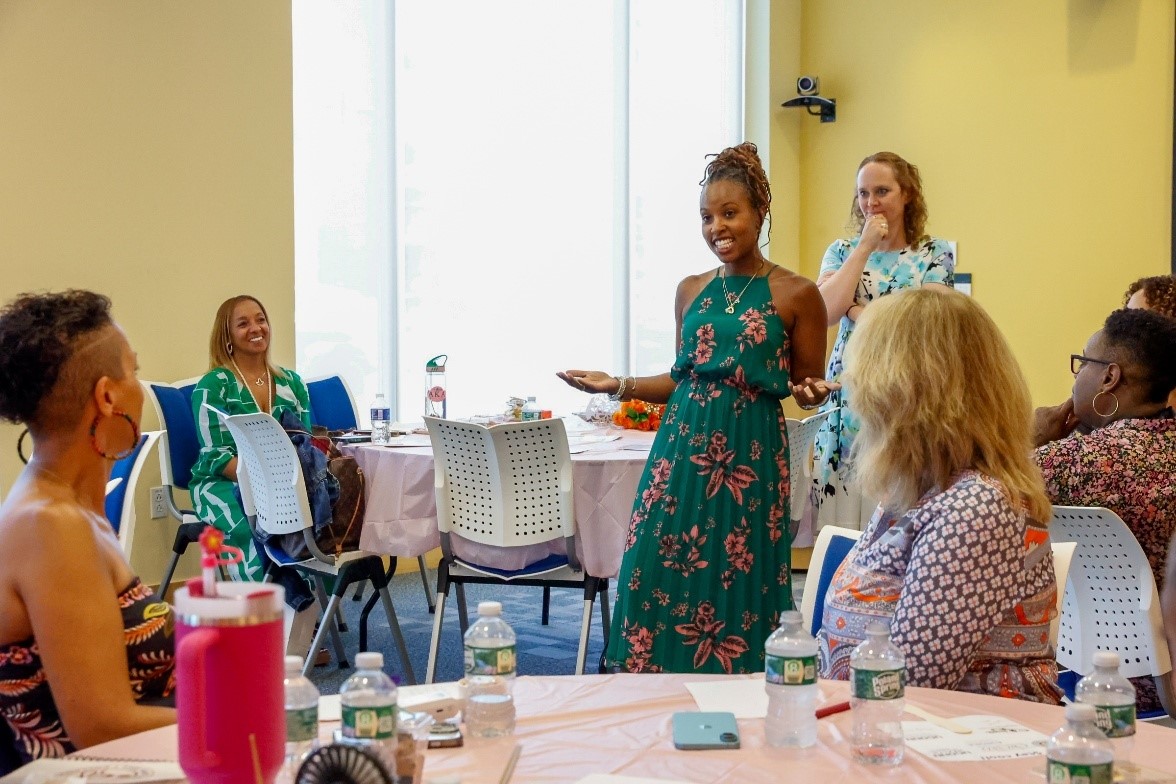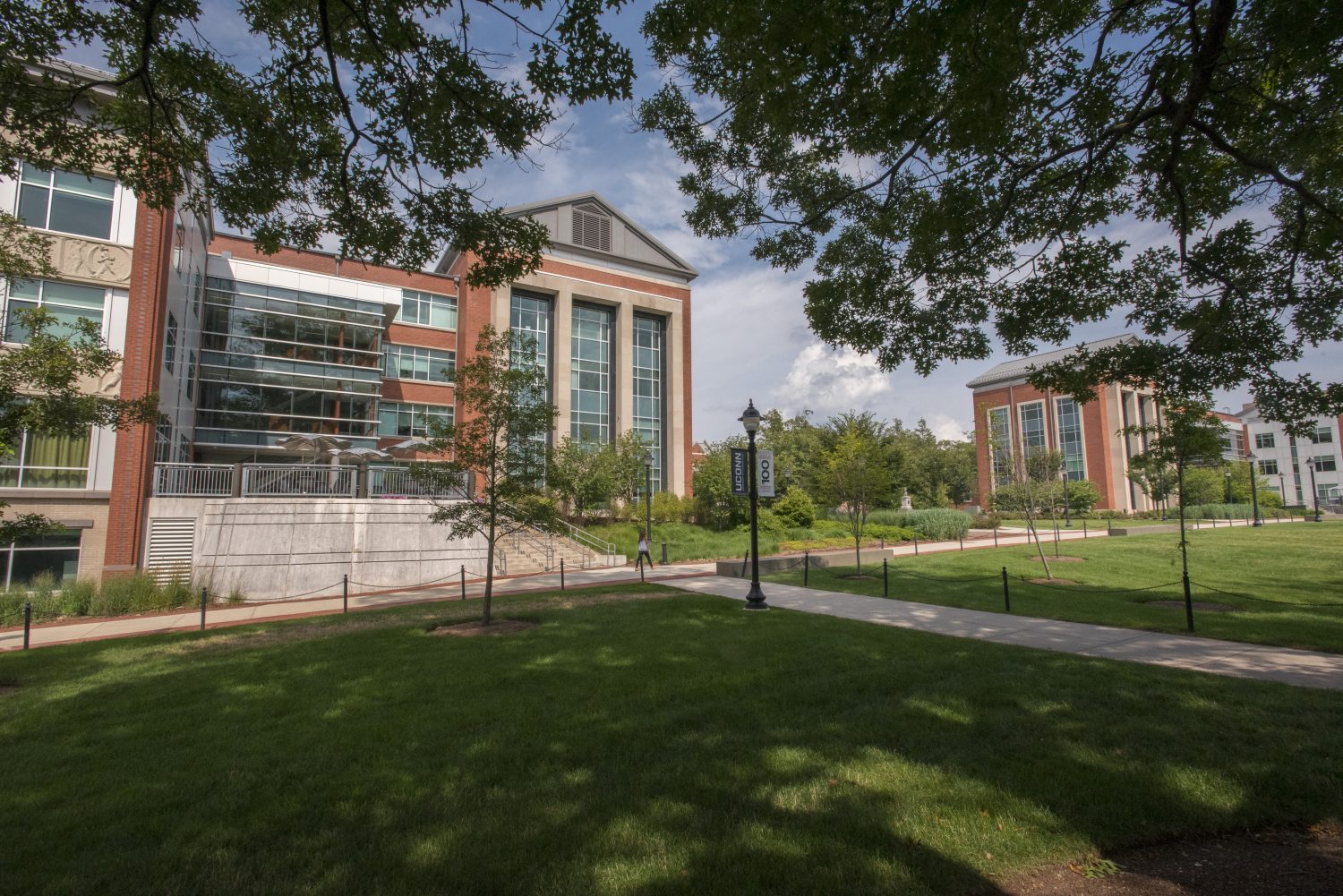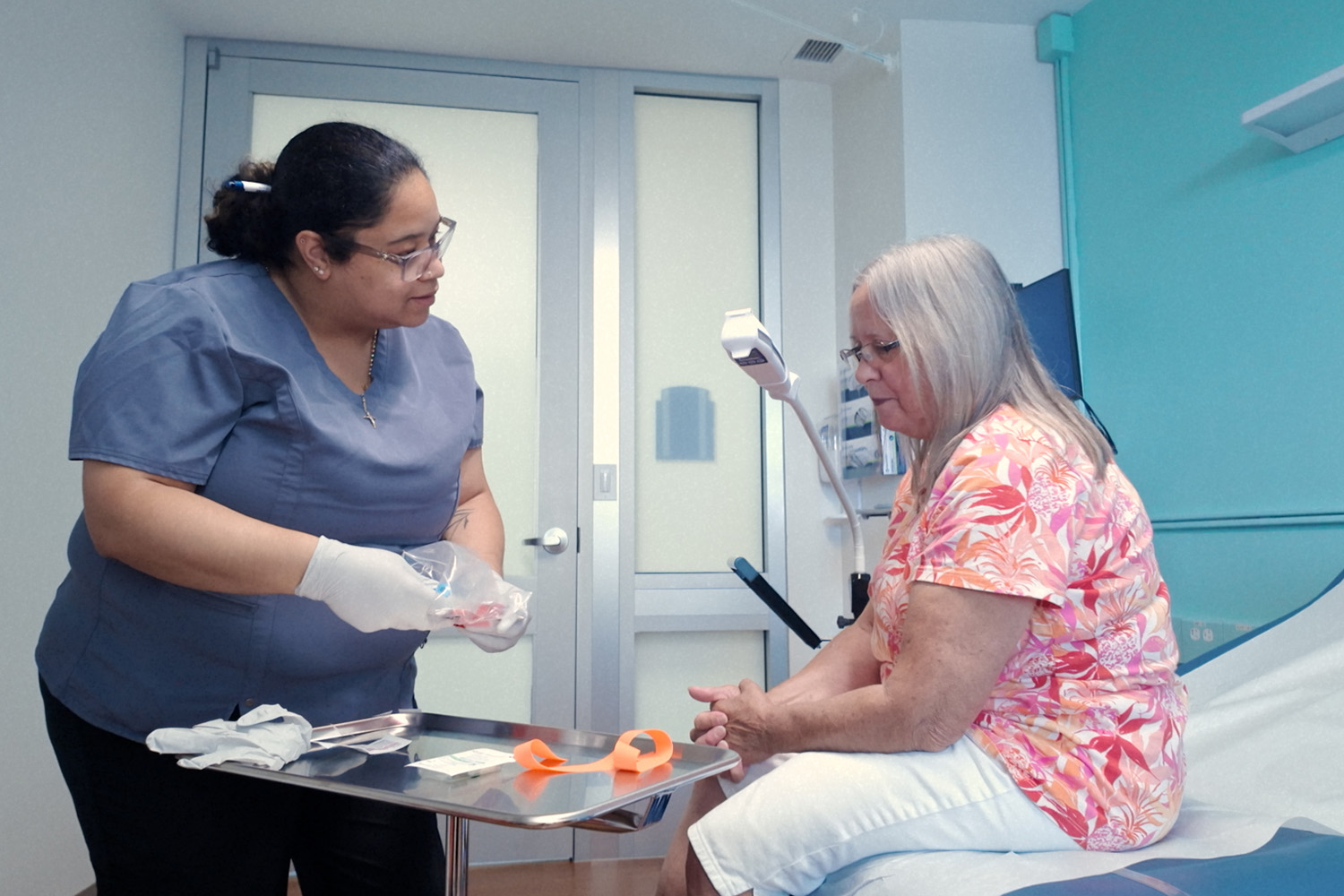Building Connecticut’s Shellfish Workforce and Industry Resilience
In the coastal waters of Long Island Sound, Connecticut’s shellfish industry is quietly thriving and evolving. A statewide effort led by Connecticut Sea Grant and UConn Extension professionals is helping prospective farmers, agriscience teachers, and environmental professionals dive into the world of aquaculture with the Foundations of Shellfish Farming course.
Now entering its fourth year, the course has become a vital entry point for people launching or expanding their careers in the shellfish industry, and the results are rippling across the state.
A Deep Dive into Aquaculture
“In this business, you need to get up early and go to work even when it’s not always fun. But we try to prepare people for that reality, and for the opportunities that come with it,” says Mike Gilman, an assistant extension educator and co-instructor of the course.
A former high school science teacher, Gilman co-owns an oyster business and has experienced firsthand the long, uncertain path from lease applications to harvesting a market-ready crop.
Tessa Getchis, senior extension educator and aquaculture specialist, co-teaches the course with Gilman.
“We’ve created a program that combines science, policy, and lived experience. Students walk away with a binder full of resources, a support network, and a deeper understanding of the industry,” Getchis says.
The course was launched through a National Oceanic and Atmospheric Administration grant. Foundations of Shellfish Farming offers 12 weeks of intensive, in-person instruction each winter. Classes are held at UConn Avery Point, and the curriculum includes biology lessons, business planning, regulatory guidance, and mental and emotional preparedness for the unpredictable world of shellfish farming.
The course enrolls around 15 participants annually, with a cap of 20 to ensure knowledge sharing and individualized attention. Students range from new farmers to conservation professionals, and entrepreneurs.
From Classroom to Coast
The course’s hands-on emphasis extends beyond the classroom. Each year, students have an opportunity for real-world experience through the Sharing Hands-On Understanding and Cultivating Knowledge on Shellfish (SHUCKS) internship program, a partnership with Sixpenny Oyster Farm in Noank.
Last year’s interns were funded by the Small Business Development Fund, with preference given to Foundations students. One of the interns, Sam Tucker of Clinton, was already a seasoned shellfish worker. A music teacher by trade, Tucker recently planted his first crop of oysters after navigating a complex, years-long permitting process.
This season, two new interns are back on the water with funding from Connecticut Sea Grant. Sixpenny co-owners Will Ceddia and Jason Hamilton oversee the interviews and day-to-day management of interns. Gilman and Getchis facilitate the program, provide orientation, and collect feedback.
Opening the Industry Door
The Foundations course addresses a significant barrier in the shellfish industry: access.
“Shellfishing has traditionally been a hard industry to enter,” Gilman says. “One of our goals is to make the path clearer and more inclusive.”
The start-up requirements and expenses involved can also be a disincentive. In some cases, the Foundations course has helped students decide a large investment in shellfish farming isn’t the right choice for them.
“If this class helps a student realize that aquaculture isn’t for them, before they spend years in the permitting process and potentially thousands of dollars in equipment, that’s actually a win for the industry,” says Gilman.
But for many, the course is the launchpad they need to start or expand their businesses.
Four new farms have launched directly from the program with multiple others currently in the process of becoming established operations. Also, some former students now hire interns or share equipment.
Participants report increased confidence with permitting, inspections, and gear management. A six-month follow-up survey shows that more than 60% of graduates are actively engaged in industry work, environmental stewardship, or continued aquaculture training.
The course is a requirement for new licensees through the Connecticut Department of Agriculture’s Bureau of Aquaculture. Gilman and Getchis also consult regularly with the Bureau and other subject matter experts to adapt content to emerging issues, such as pests, predators, diseases, impaired water quality and climate (for example, the growing threat of rainfall-related closures).
Sustaining the Future
The Foundations course goes beyond shellfish biology and gear types. It includes sessions on physical and mental health, business planning, and managing risks. “Farming shellfish is isolating and physically demanding,” says Gilman. “We don’t shy away from that. We talk about how to stay safe, how to deal with closures, and how to make it through when things get tough.”
Another recent innovation honors the legacy of former Guilford Shellfish Commissioner, Peter Charland, who passed away in 2024. In partnership with the Guilford Shellfish Commission, the team created aquaculture worker starter packs with boots, sun gear, and other essentials which were distributed during a ceremony this spring. A larger grant seeks to continue this initiative and help reduce startup costs for new entrants.
Extreme weather and regulatory hurdles challenge the industry, making sustainable shellfish aquaculture more important than ever. Connecticut remains one of the top six shellfish-producing states, with over 50 businesses supported by its oyster and clam operations.
The next steps for Gilman and Getchis include facilitating more pathways from coursework to water-based experience.
“You don’t need an advanced degree to grow oysters,” says Gilman. “We need plumbers, electricians, and mechanics, people with complementary skills who can fix a pump or a boat engine and aren’t afraid to get dirty.”
For now, the Foundations course is cultivating more than oysters; it’s growing a community.
“Our students stay in touch. They ask questions, they call us for help, and they show up at industry meetings,” Getchis says. “It’s been incredible to watch this bubble of new energy form around Connecticut aquaculture. That’s the kind of impact you hope for in Extension.”
The Connecticut Sea Grant College Program (CTSG) is part of the National Sea Grant College Program network, administered by the National Oceanic and Atmospheric Administration (NOAA). CTSG is based at UConn Avery Point in Groton. Several staff members have academic appointments in the College of Agriculture, Health and Natural Resources, including UConn Extension. For more than 30 years, CTSG has worked to foster the wise use and conservation of coastal and marine resources of Long Island Sound and beyond through research, outreach and education. It is science serving the coast!
Latest UConn Today
- Connecticut’s First Pediatric DBS for Epilepsy: A New Era in CareThanks to a groundbreaking collaboration between Connecticut Children’s and UConn Health, Drs. Christopher Conner and David Hersh became the first in Connecticut to perform deep brain stimulation on a child with drug-resistant epilepsy—paving the way for others like Bella to benefit.
- Three CoE Students Pursue In-Depth Research Projects as University ScholarsChinmaya Vobbineni ’26, Wyeth Haddock ’26, and Zhengyang Wei ’26 are helping heal wounds, designing space exploration material, and preventing turbulence for more efficient flights
- UConn Medical Students Bike Cross-Country for Suicide PreventionUConn School of Medicine students’ Coast-2-Coast bike trek raises over $20,000 for mental health research
- Rooted in Wisdom: Garden Party Celebrates Menopause, Sisterhood, and Health EquityThis community-led event was part of the UConn Health Disparities Institute's Menopause Equity Initiative (MEI), a statewide effort to break the silence, reduce stigma, and create community-informed solutions to support women's midlife health.
- Neag School Alumni Board Names Recipients of its 2025 ScholarshipGraduate students Emmanuel Dwamena, Caroline Shadman, and Claudia Ventura are recipients of the fund, which was created as a way to invest in future generations of Neag School students
- Accurate Diagnosis Eases FearsAfter being misdiagnosed, Debbie was referred to the Connecticut Bleeding Disorder Center at UConn Health where she was correctly diagnosed and treated and now finally has peace of mind








